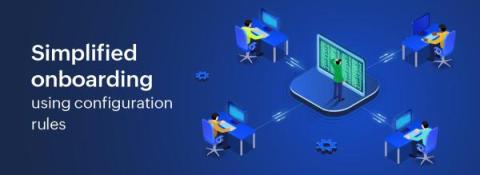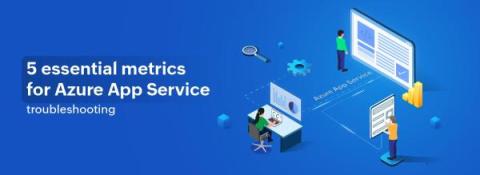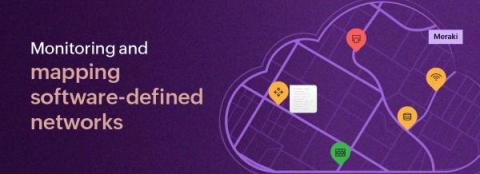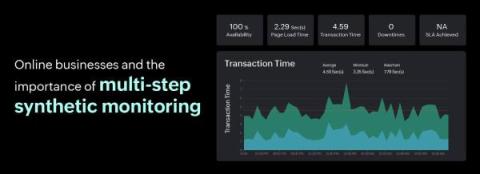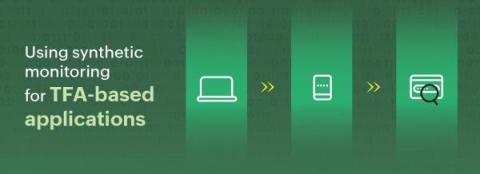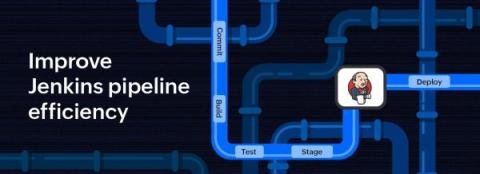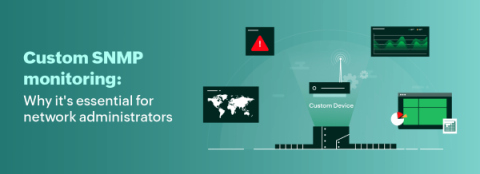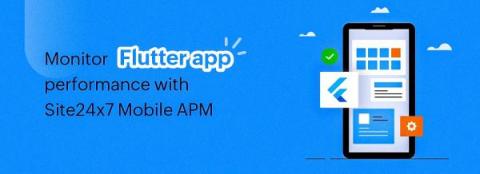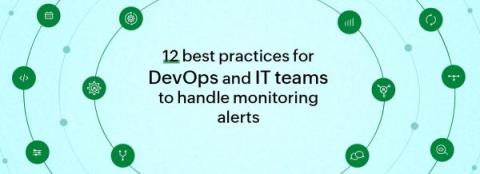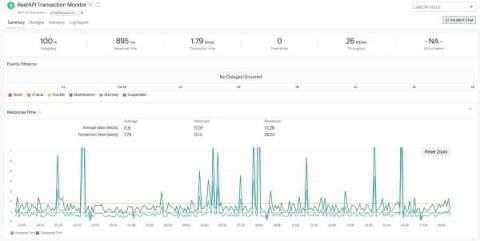Simplified onboarding using configuration rules
If your business is growing, then so too must your IT infrastructure. Servers, VMs, databases, nodes, pods, containers, and all of your digital resources spawn up and down—all in accordance to your business' needs. The catch is all of these infrastructure elements have to be monitored without it being a herculean task to your team to do so. Here are some pain points that arise every time a server or VM is added: Configuration rules will help you solve all these problems and more.


